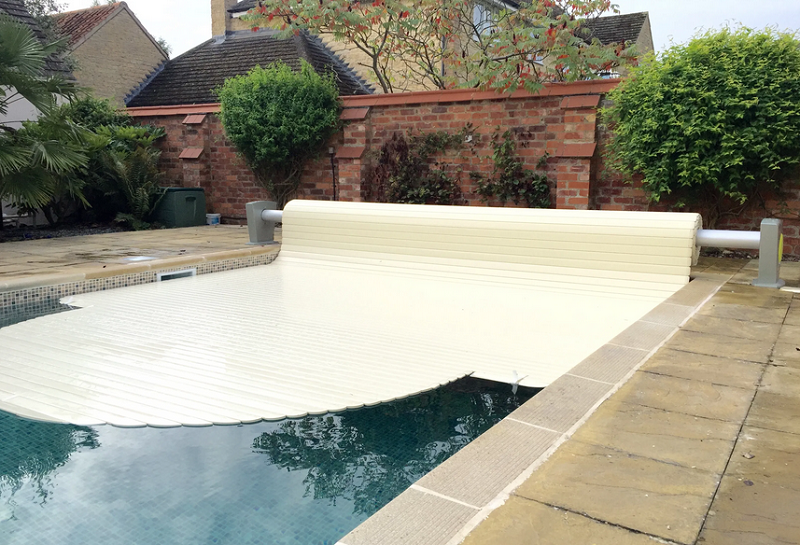As the weather turns colder, many people prefer to close their pool. This strategy saves money and is environmentally responsible. It also reduces the need for on-going pool maintenance throughout the winter months and prevents the risk of ice-damage. It may seem like an overwhelming task, but closing a pool can be achieved in six easy steps.

1) Clean The Pool
Even if your pool looks sparkling, giving it a deep clean will go a long way in keeping it safe over the winter. A deep scrub will dislodge any algae spores that may be lurking unseen. This means that if the water temperatures rise above 8oC, the likelihood of a bloom is considerably reduced. Be sure to thoroughly backwash the filter to remove any lingering debris.
2) Lower The Water Level
When it freezes, water expands. This can put pressure on the structure of the pool, leading to damage. Therefore, lowering the water level is important. The precise level to lower it to depends upon several variables. These include the type of pool that you have, the type of cover that will be used, and the size of the pool. For instance, some covers are designed for the water to support them in the event of heavy snow. Others are designed to sit loosely over a near-empty pool. To find the correct water level, check with your pool manufacturer/installer.
3) Carry Out A Water Balance
Test the water as usual, and ensure that the balance is correct. If the levels are not perfect, pools are at risk of algae or corrosion. Do not allow the chlorine to go too high as this may damage the pool finish. Always add winterising chemicals for extra peace of mind.
4) Check If You Need A Metal Sequestrant
Some water is high in metals. When this settles, it reacts with the oxygen in the water and can causes staining. Adding a metal sequestrant to the water helps prevents any settling, keeping surfaces safe.
5) Drain Down The Plant Room
It is important to make sure that the plant room and pipework is fully drained down; this includes draining down of all pumps, heaters, heat pumps and filters. All drain plugs need to be removed and pipework within plant room broken down to ensure that no water remains within it. Water within any of these components will cause them to fail as the water within them will freeze over the winter.
6) Install The Winter Cover
Winter covers are designed to keep debris out and water chemistry stable. There are many different varieties, each with their own benefits. The correct cover also makes the pool much safer over winter as it reduces the risk of animals falling into the pool and becoming trapped.
What Next?
A little effort goes a long way to ensuring that a pool is in perfect condition for its first splash once the cold weather is over. For more information or to have a pool engineer carry this out, please give us a call today.

